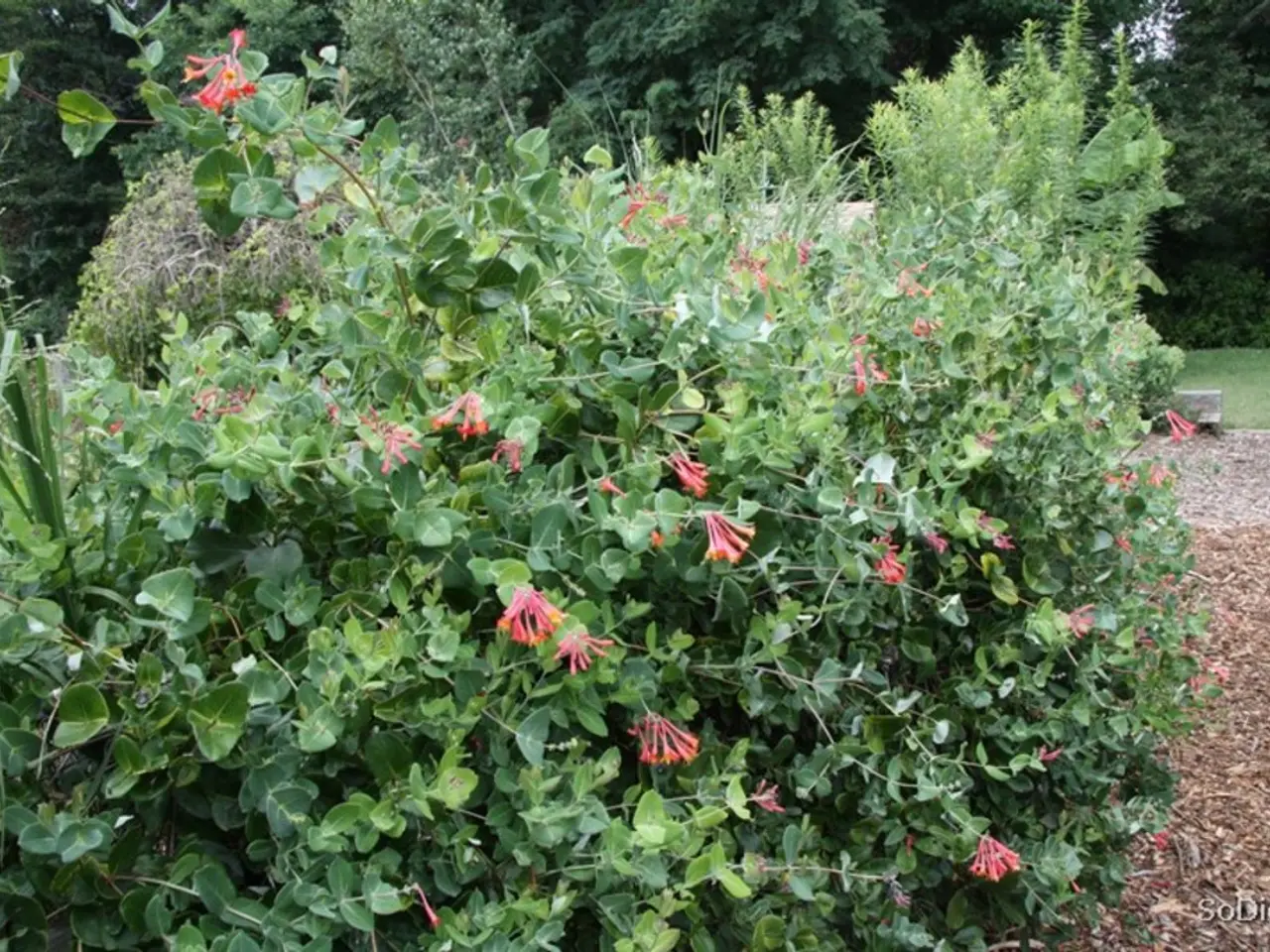Planting Daffodils in Alabama: Ideal Planting Time and Useful Tips
In the charming landscapes of Alabama and other regions falling under USDA Hardiness Zones 7-8, planting daffodils is an excellent way to add a splash of colour to your garden come springtime. Here's a comprehensive guide for planting daffodils in these warmer zones.
The optimal time to plant daffodils in Zones 7-8 is during the fall, ideally around early November. This timing allows the bulbs to establish roots before winter, as deep freezes are rare in these zones. To protect against frost heaving, plant the bulbs about 2 to 3 times their height deep, which is around 6-8 inches.
Since winters in these zones are milder, daffodil bulbs generally do not require pre-chilling. However, if there is concern about insufficient chilling, bulbs can be refrigerated for 6-8 weeks before planting to ensure proper bloom. After planting, it's helpful to mulch the soil for insulation.
When choosing a location for your daffodils, opt for full sun to partial shade. Grouping daffodil bulbs in clusters of 10 or more can create a natural-looking and stunning floral display. For a diverse and colourful garden, consider choosing various daffodil varieties, which can be found at local gardening stores, daffodil shows, or catalogs.
Daffodils need consistent watering, especially during growing periods, but should not be waterlogged. After planting, water the area thoroughly to help settle the soil around the bulbs.
Preparing the garden bed involves loosening the soil, removing debris, and mixing in organic matter. A balanced 5-10-10 fertilizer can be mixed into the soil before planting to promote healthy growth. However, be mindful that daffodils have moderate nitrogen needs, so overdoing it can lead to more leaves than flowers.
Common issues for daffodils include aphids and bulb rot. Insecticidal soap or neem oil can be used to deal with aphids. A light layer of mulch over the bulbs post-bloom can help protect them from extreme temperature fluctuations and retain soil moisture.
Transplanting daffodils involves digging up small bulbs after the blooming season ends, separating them, and replanting them in well-draining soil. For a more extensive and spontaneous display of blooms each spring, consider naturalizing daffodils by planting them randomly across a lawn or field, allowing them to spread over time.
After blooming, spent flowers should be removed to prevent seed formation. Once the foliage appears, a top-dressing of the same fertilizer can be applied. Allowing foliage to yellow and die back naturally is critical since the leaves photosynthesize and store energy for the next season.
By following these guidelines, you'll be well on your way to enjoying a vibrant display of daffodils in your garden. Mixing different types of daffodils ensures a longer blooming season and a more colourful display. Daffodils thrive in soil rich in organic matter and well-drained soil. Happy gardening!
Incorporate daffodils into your home-and-garden lifestyle to create a vibrant spring display. For an effective and visually appealing garden, group multiple daffodil bulbs together and choose different daffodil varieties for a diverse and colorful garden.




